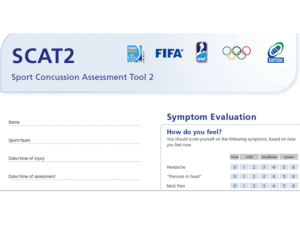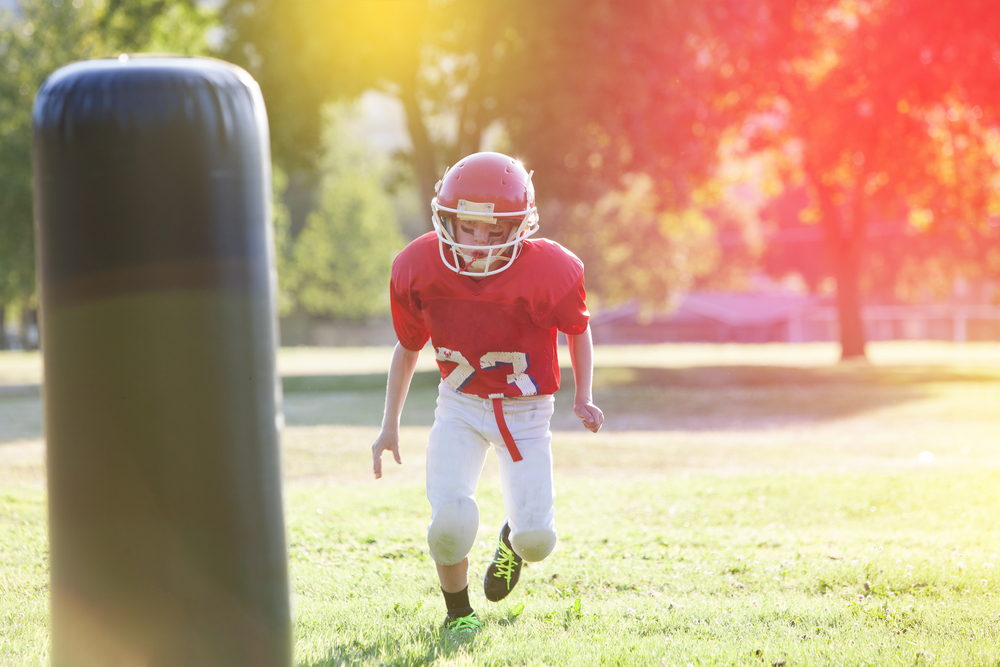 The risk of concussion faced by professional athletes has been gaining more attention recently, especially as studies indicate a greater danger to players than previously understood. As the games have evolved and players have become bigger, faster and stronger, hits in sports like football and hockey are increasingly devastating.
The risk of concussion faced by professional athletes has been gaining more attention recently, especially as studies indicate a greater danger to players than previously understood. As the games have evolved and players have become bigger, faster and stronger, hits in sports like football and hockey are increasingly devastating.
Pro Leagues Take Steps to Prevent Further Injury
In 1997, the N.H.L. became the first professional league to acknowledge the concussion risk and instituted a policy that requires players deemed to be at risk for concussion to be evaluated by the team’s medical staff in a quiet room, away from the ice. Previous test methods varied, but medical staff now uses a standardized Sport Concussion Assessment Tool, known as SCAT2, looking for telltale signs of concussion before sending the player back to the ice or for further treatment if concussion is present.
In 2009, the N.F.L. expanded their existing concussion policy and forbid players from returning to the field after losing consciousness from a concussion. Similar to the N.H.L. policy, players are evaluated by team medical staff looking for signs of concussion, although the test is performed on the sidelines of the field.
The Test
A group of experts developed the SCAT2 test in 2008. It has 22 self-evaluation categories for the player to fill out on their own, and eight cognitive and physical categories administered by medical staff. Players are asked to rank the severity of symptoms like headache, neck pain and nausea. Staff will test the player’s memory and cognition by asking questions like which team scored first or which team they played last week. In addition, staff will analyze the player’s balance, coordination, pupil dilation and responsiveness to questioning.
The test is not limited to pro athletes, and is recommended for anyone aged 10 and older. Experts also recommend establishing a pre-season baseline before any hits, to use as a comparison against possible concussion later on.
Symptoms
Although the test was designed with athletes in mind, anyone who suffers a serious hit to the head under any circumstance should consider these symptoms and potentially seek treatment. Some symptoms may not occur immediately and can take several days to manifest. Even once the initial pain goes away, remain vigilant for symptoms of concussion, including:
- headache
- neck pain
- nausea
- dizziness
- blurred vision
- balance problems
- sensitivity to light or noise
- feeling like you are “in a fog”
- difficulty concentrating or remembering basic facts
- confusion
- trouble falling asleep
Long Term Effects
New research is exploring the potential long-term effects of concussion. Victims of multiple concussions are at a much greater risk for permanent brain damage and decreased quality of life as they age. Alzheimer’s, Parkinson’s Disease and depression are also more likely to occur in people who have sustained multiple concussions.
Contact Us
If you have suffered one or more serious concussions that may have caused brain damage or other problems, please contact us for a free consultation. Our experienced brain injury attorneys will evaluate the details of your injuries and help you choose the best course for your case.
http://www.cces.ca/files/pdfs/SCAT2%5B1%5D.pdf
http://www.nytimes.com/2011/03/22/sports/hockey/22hockey.html
http://abcnews.go.com/Health/MindMoodNews/nfl-institutes-concussion-policy/story?id=9251126
Other Brain Injuries News
Atlanta Falcons athletes visited the state capital earlier this month […]
A Connecticut man has been awarded $10 million for a traumatic […]
Stunt actors take on dangerous acts when filming Hollywood movies. […]
A recent study by researchers at UCLA discovered new details […]


